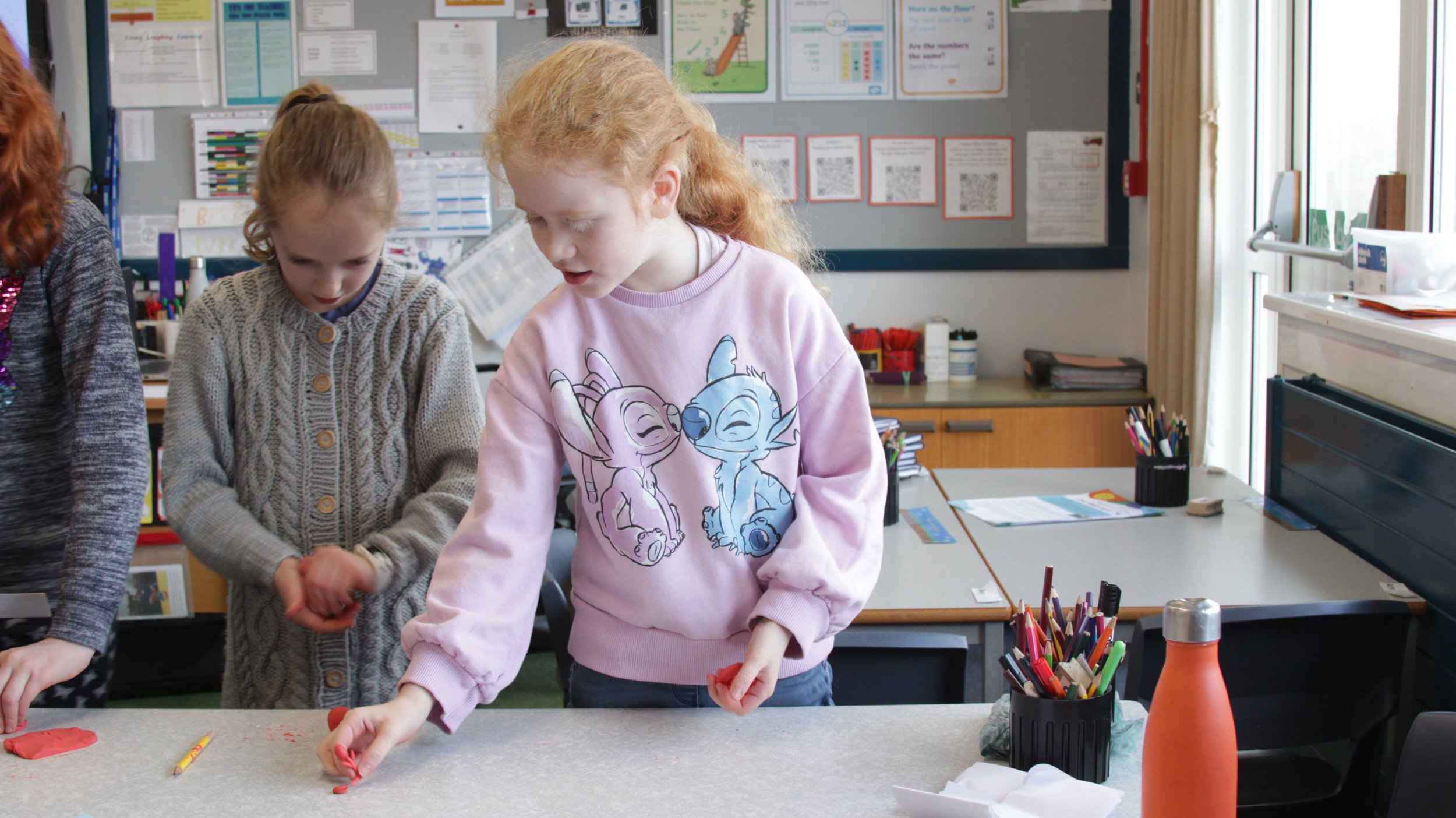Jamillah Knowles & Reset.Tech Australia / https://betterimagesofai.org / Image by https://au.reset.tech/
Children’s Rights & AI
Teaching Pack
Exploring AI through children’s human rights.
Children’s Parliament, the Scottish AI Alliance and The Alan Turing Institute are excited to share a free resource pack designed for teachers of primary-aged children (P5–P7). Developed with children and educators across Scotland, the pack introduces Artificial Intelligence (AI) in a way that’s practical, ethical and age-appropriate, with children’s human rights at its core.
Featuring six ready-to-use lesson plans, real-life scenarios, and animated videos created by children, the pack supports teachers to explore AI in fun, thoughtful and meaningful ways.
You can access and download the lesson plans, slide decks and additional resources below.
Use these lessons to explore AI into the classroom and help children understand the technology shaping their world.
Start here:
Jump to:
Lesson 1
Introduction to AI
This lesson introduces children to the concept of artificial intelligence (AI) and helps them understand how it features in their everyday lives. Through engaging discussion and activities, pupils will explore three key questions: What is AI? What can AI do? And where might you come across it?
Lesson 2
How AI Uses Data
This lesson helps children understand how AI systems rely on data, and why the quality and diversity of that data matters. Pupils will explore how biased or incomplete data can lead to unfair outcomes, and discuss why it’s important to include a wide range of perspectives, including children’s, when designing and using AI.
Lesson 3
AI in our Lives
In this lesson, children explore how AI is already part of their lives, from entertainment and social media to healthcare and the environment. They’ll discuss the benefits and risks of AI, and reflect on how it makes them feel. The session encourages critical thinking and curiosity, helping pupils consider both visible and hidden ways AI is shaping their world.
Lesson 4
AI in Education
This lesson invites children to explore how AI is being used in education and what that means for their rights, experiences and feelings. Through discussion and activities, pupils will consider the benefits and drawbacks of AI in the classroom, and think critically about when and where it should, or shouldn’t, be used in schools.
Lesson 5
AI & Your Right to Privacy
In this lesson, children learn what personal data is and why it matters in the context of AI. They will explore how apps and websites collect data, what the risks might be, and how this connects to their rights. The session also encourages pupils to reflect on how they feel about different types of data and how private they should be.
Lesson 6
Happy, Healthy & Safe with AI
This lesson helps children explore how AI could impact their rights, and what needs to change to ensure those rights are protected. Pupils will imagine a future where AI supports children's wellbeing, and learn ways they can have a voice, speak up about issues and take action on things that matter to them.







